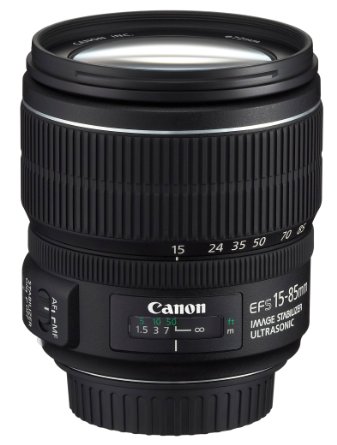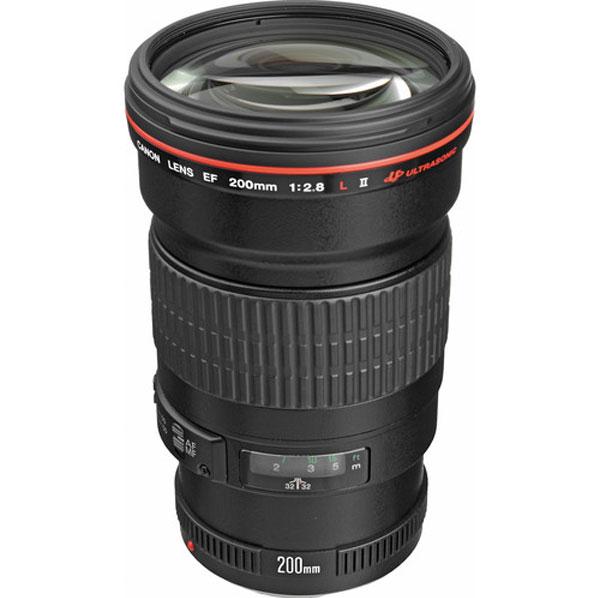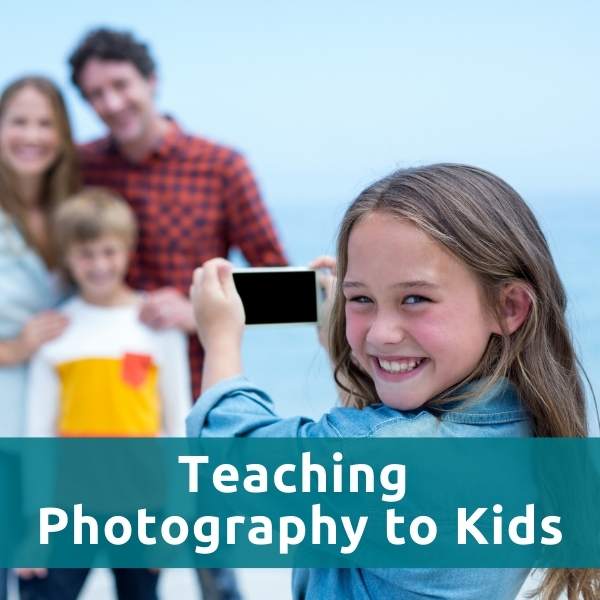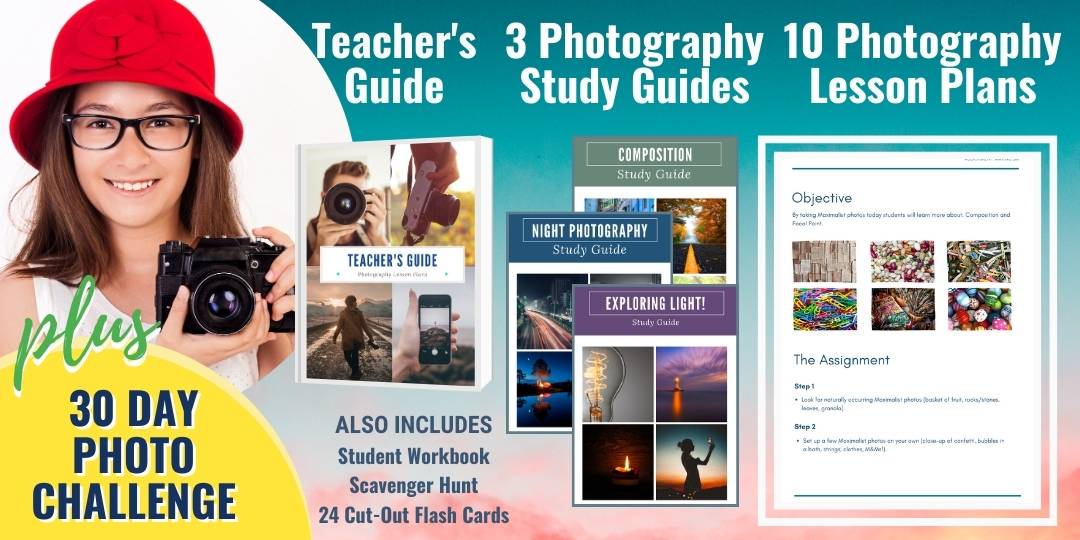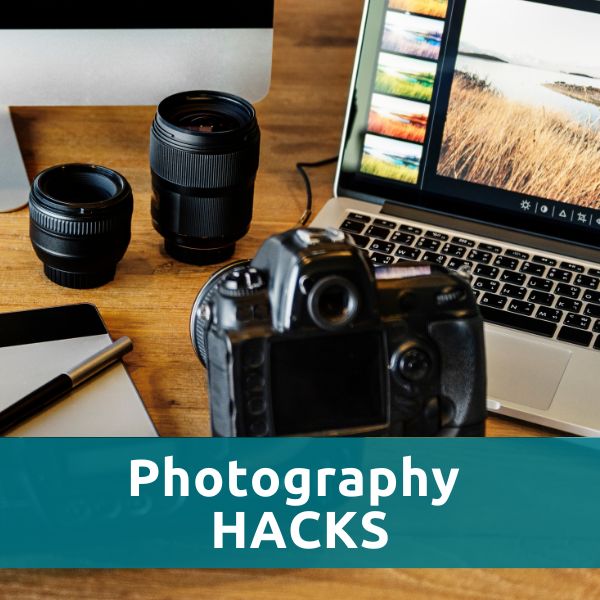Wedding Photography Ideas
For Amazing Photos In Any Situation
By Andre Smith.
Photography by Darin Collison.
If your friends and family know you are good with a camera, the honor of "wedding photographer" will be bestowed upon you eventually.
As a wedding photographer, it falls on your shoulders to capture the bride and groom's memories in digital galleries and photo albums. It is a lot of responsibility, but if you think ahead, you can do an excellent job.
Wedding Photography Ideas And Tips
Scout Ahead
Scout out any location you will be shooting the day before the event.
Visit at the same time of day that you will be shooting, and ask the bride for an idea of how things will be set up. Experiment with angles, locations and lenses. Single out interesting but simple backdrops and shady spots for poses photos.
Be mindful of where the sun will be to avoid squinting bridal parties and mastering tricky lighting.
Equipment Check
In addition to your normal equipment, your kit should include two cameras, a variety of lenses, at least two flash units, charged backup batteries and at least 30gigs of empty memory cards.
Pack a few camera clamps along with your tripod. Clamps can turn any bannister or tree branch into a stabilizer in spots your tripod cannot go.
Cameras
For your primary camera, pick a full frame model that delivers superior image quality at high ISO settings.
You will need high ISOs for flashless indoor shots. Your second camera should deliver quality shots, be lightweight and specialize in zoom. Excellent zoom is essential for capturing candids. The less you are seen, the more comfortable people will be as you snap away.
Lenses
Be prepared for a variety of lighting conditions, zooms, fast and slow movement and catching the little things. Even if the wedding is set to be outdoors, pack lenses for indoor shots in case the weather sours.
Always include a 24-70mm f/2.8, a wedding mainstay that can cover everything from full wedding party shots to bokeh close-ups, and plenty of long lenses.
Check Your Exposure
The iconic white dress is both iconic and problematic. Your camera is going to see the vivid white as bright object and adjust its exposure accordingly. The resulting shot can mean a muddy-looking dress.
There are two ways around it. The first is to slightly under-expose your shots and adjust them in post. The second is to use exposure compensation. Not all cameras have an exposure compensation feature, but if yours does, adjust it into the positives. Take a few sample shots to tweak your settings.
Outdoor Shots
Outdoor receptions often mean shooting at night with no reliable surface to bounce light off of. Avoid backgrounds that are blacked out by taking shots with objects or structures lit by ambient light behind your subjects.
Use a diffused, handheld flash, held high above your head, to freeze your subject and "drag the shutter" to set ambient light.
Dragging the shutter is as simple as setting your aperture slower. Between f/4 and f/2.8 often works well. The technique can also be used to capture motion on dancing subjects.
Get Used To Natural Light
Natural light
will give you some of the cleanest, most romantic shots, but if you
are used to studio portraiture, adjusting to natural light can be a
challenge. Try to schedule group and bridal shots for late afternoon
when lighting is more dynamic.
If the day is overcast,
placing your flash in a softbox high behind your subjects can mimic
sunlight and add interest. On sunny days, you can use flash to
balance out lighting or take advantage of the blow-out lighting
caused by the sun. If you are shooting a sunset ceremony, be mindful
of your camera's auto-white balance and auto-exposure features
stripping the scene's natural warmth and saturation away.
Be Bold And Get The Details
Bring a stool and get excellent birds-eye shots. Drop down and shoot from the ground. Fortune favors the bold as long as you are not being a nuisance or getting in the way. Trying to be too conservative will yield boring shots. Be yourself and show off your style. While you are at it, do not forget to photograph the little things, like flower arrangements and table favors.
Lastly, turn off all camera sounds to avoid being disruptive and set to shoot in RAW. Whatever you cannot capture in the moment can be adjusted in post. Remember, have much fun as the bride and groom, and your shots will be beautiful.
The conversation is always open. Do you have any wedding photography ideas or tips? You can leave a message below.
About the Author
Andre Smith is a writer and amateur photographer from Brisbane. His great passion is art and he's a great admirer of Ansel Adams' work.
About the Photographer
Darin Collison is a wedding photographer based in Australia. He is an accredited member of AIPP and AG/WPJA. Darin is also featured as one of Junebug's World's Best Photographers. Visit Darin's website www.darincollisonphotography.com.au








